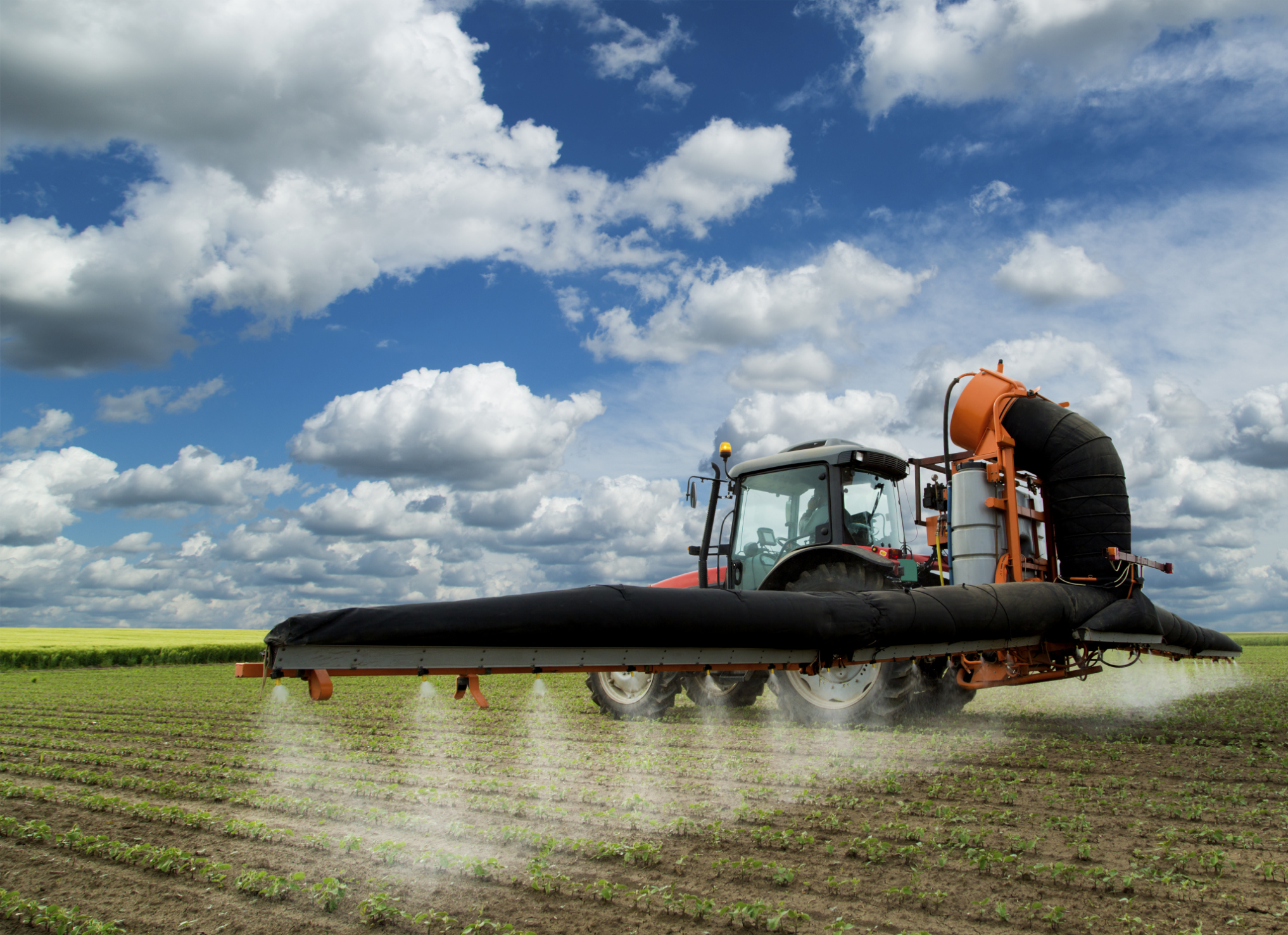
Agency’s final rule aims to strengthen safeguards and make them comparable to those in other industries.
When fieldworker Betty Dubose arrived at a Florida plant nursery one morning to begin her day’s work, she knew immediately that something was wrong. Every part of her body itched. She felt an overwhelming burning sensation. White bumps covered her face. She was rushed to the hospital, where she spent four days being treated for pesticide exposure—apparently the result of her boss’s alleged insistence that she enter the nursery while the plants were being sprayed with hazardous chemicals.
“We kept on working,” Dubose reportedly explained after the incident. “We didn’t know any better.”
Dubose’s case is not unique. Each year, roughly 10,000 to 20,000 agricultural workers face pesticide exposure due to weak safety measures and a lack of access to information.
But the U.S. Environmental Protection Agency (EPA) is seeking to change that. Last week, the agency announced final updates to the Agricultural Worker Protection Standard, a regulation aimed at protecting workers from pesticides. These revisions, which include a host of new safety-related requirements, mark the first time that the EPA has updated the rule since issuing it in 1992.
This rule “has been a long time coming,” EPA Administrator Gina McCarthy said during a conference call with The Regulatory Review and other members of the media. “The revised standards will prevent and reduce farmworkers’ exposure to pesticides, and foster a healthier and safer workforce,” she continued. “We will not turn our backs on the people that help feed this nation.”
Officials intend for the revisions to offer farmworkers the same safeguards that workers in many non-agricultural industries receive. Currently, farmworkers are excluded from certain federal labor laws. Only certain provisions of the Fair Labor Standards Act apply to farmworkers, and the National Labor Relations Act excludes farmworkers altogether. In light of a 1975 federal court decision, farmworkers are also excluded from many of the workplace standards that the Occupational Safety and Health Administration (OSHA) issues. Labor advocates argue that these exclusions are the result of an underlying racial prejudice directed toward the largely foreign-born group of workers.
The revisions to the EPA’s farmworker pesticide rule purportedly aim to compensate for some of these gaps in protection. For one, the revised standard includes whistleblower protections that are analogous to OSHA’s anti-retaliation safeguards. Under the old rule, employees—especially undocumented workers—faced fear of reprisal if they brought a safety issue to an employer’s attention.
The revised rule also adopts OSHA’s rule concerning respirators: devices that workers in numerous industries use to protect against chemical exposure. Under the OSHA Respiratory Protection Standard, employers must conduct fit tests and medical evaluations of workers who require respirators. EPA’s revised rule now requires that employers perform these same evaluations for farmworkers.
In addition to these OSHA requirements, the revised standard also includes some safety measures of its own. For example, it expands the time period during which no-entry signs must be posted for the most hazardous pesticides. The rule also imposes requirements concerning decontamination supplies: employers must provide specified quantities of water for routine washing and emergency eye flushing. These requirements did not previously exist.
The regulation also tightens restrictions on who is permitted to work in the first place. For the first time, pesticide handlers must be at least 18 year old. Although the EPA proposed a minimum age of 16, the agency received an outpouring of comments suggesting 18 was the better option, according to McCarthy. The old rule imposed no age restrictions.
Aside from the revised rule’s emphasis on enhanced protection measures, it prioritizes informing employees that these measures exist to begin with, U.S. Secretary of Labor Thomas Perez said during the media conference call. To that end, the rule instates a slew of training requirements, and mandates that workers have expanded access to safety records and related kinds of information. “It’s hard to exercise your rights if you’re not aware of their existence,” Perez said during the call. “This is particularly true regarding farmworkers because all too frequently they feel like they must live in the shadows,” he said. “Our goal is to bring them out of the shadows and into the sunshine.”
As a result of these changes, the EPA estimates that two million U.S. farmworkers, children, and others who work or live near farm fields will be better protected from pesticides. More specifically, the agency estimates that this rulemaking may be able to prevent the nearly 2,000 to 3,000 acute pesticide exposures that occur annually. To some farmworkers, this is a significant sign of progress.
“Today’s announcement is a dream come true,” Arturo Rodriguez, president of the United Farm Workers of America, said during the conference call.
But to others, the rule does not go far enough. For instance, immediate family members remain exempt from many of the rule’s provisions. Also, the rule does not require routine medical monitoring of workers who specialize in applying the most dangerous pesticides. “The final rules are a first important step but certainly not the end,” Virginia Ruiz, director of occupational and environmental health at Farmworker Justice, reportedly said.
Still, others express concern about the regulatory costs of the rule. “[T]he way EPA is going about [the rulemaking process] will cost more than it generates in benefits,” Will Rodger, a spokesman for the American Farm Bureau Federation, reportedly said.
Most of the rule’s provisions will go into effect approximately 14 months after the document appears in the Federal Register; the rule is slated to appear in the publication within about one week.



